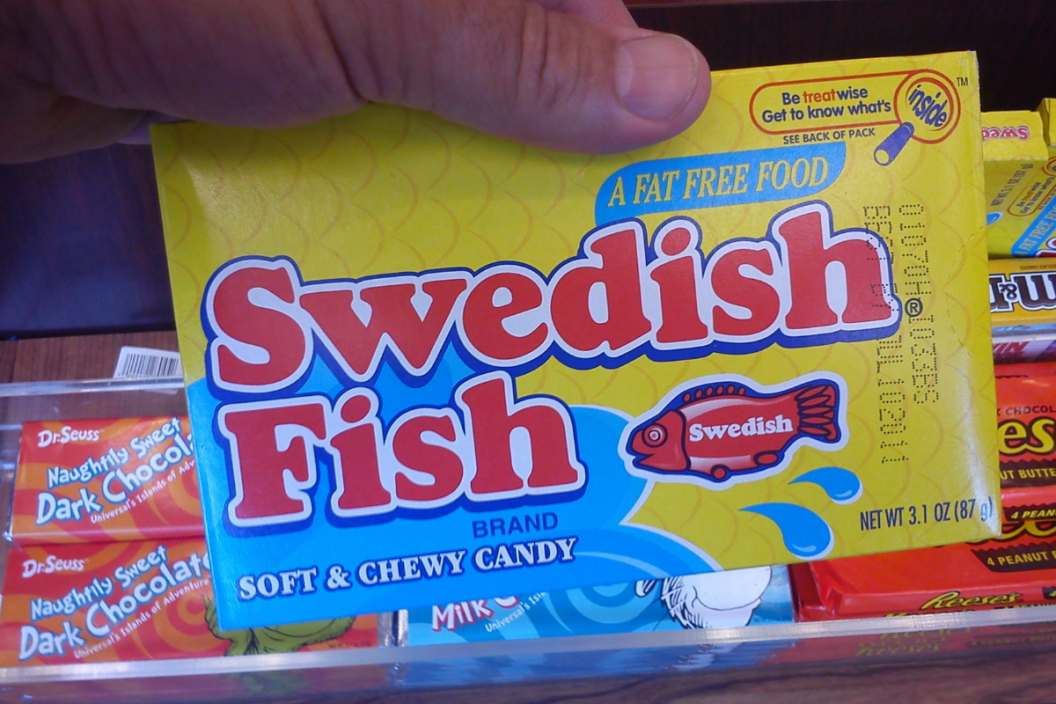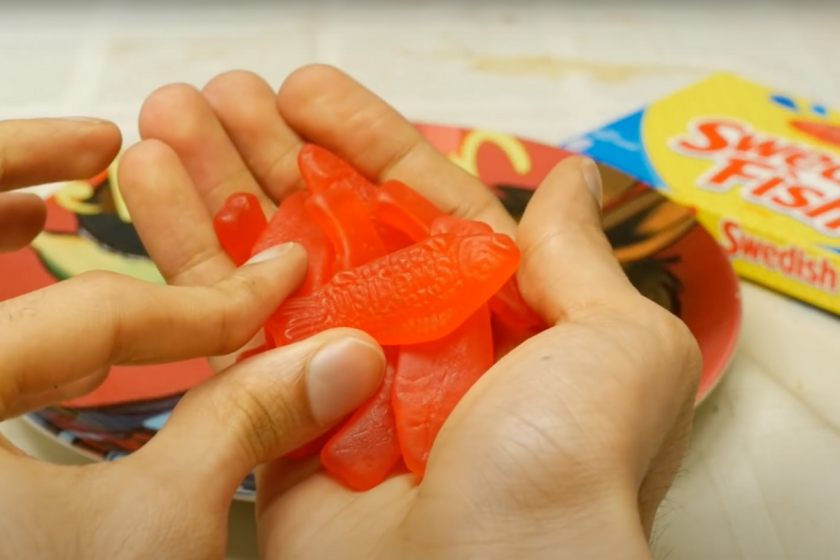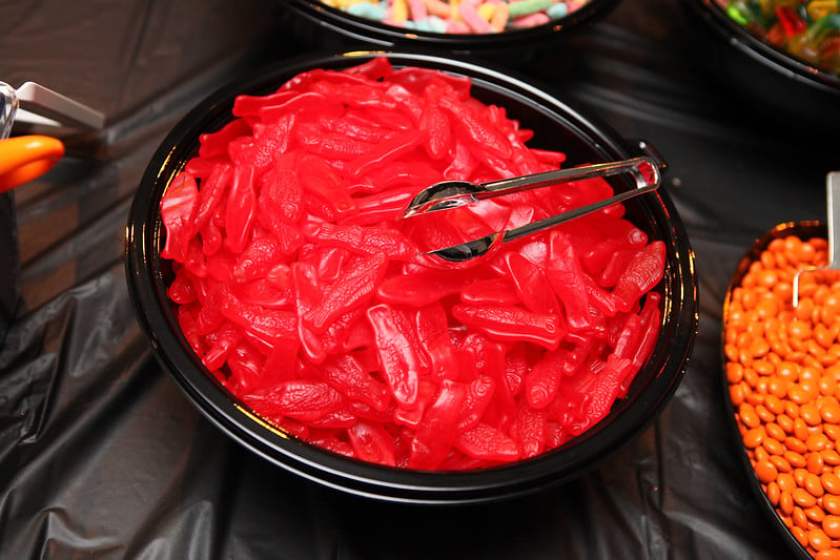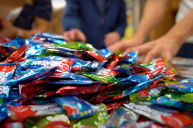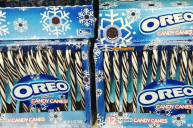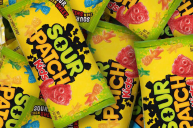Whether you love or hate Swedish Fish, you can't deny that the chewy candy can be found just about anywhere in America. Whether you're snacking away at the movies or just treating yourself to a sweet, ocean-themed confection, red Swedish fish candy is somehow surprisingly addictive.
Videos by Wide Open Country
"Tastes like fruit, not fish. Try some if you want." That's the official mantra of Swedish Fish, the addictive little red fish candy with an unidentifiable fruit flavor in your favorite grocery store aisle.You probably already knew the candy doesn't taste like fish, but you might be surprised by the fishies' interesting tale. Here's how their fascinating history started and how they came to be the universally beloved candy they are today.
The History of Swedish Fish
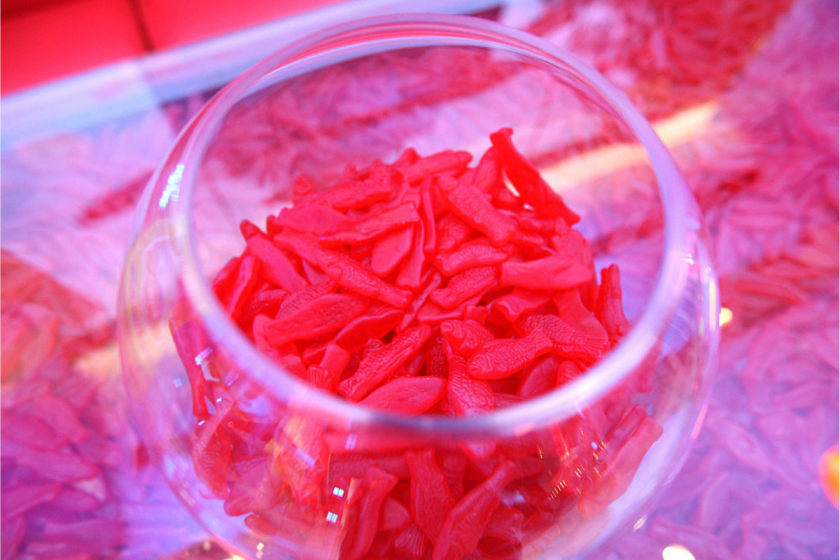
Getty Images/Jason Kempin
The story of Swedish fish goes back to a Swedish confectionary called Malaco in the 1950's. These gummy candies were considered a wine gum, which is a chewy candy similar to gum drops that originated in the United Kingdom.
Although we're not sure why Malaco chose fish as the shape of these sweet candies, it's important to note that the fishing industry was flourishing in Sweden at the time, so this may have influenced the decision. Malaco invented the confection with the United States and Canada in mind, and as they would soon find out, the company was spot on.
Malaco introduced Swedish Fish to American consumers in the late 1950's, and the candies were an instant hit on the market. By the 60's and 70's, the gummy candy was a favorite in the United States, garnering a cult following because of its irresistible (but ambiguous) flavor and adorable appearance.
The Swedish Fish brand was eventually bought by Cadbury Adams and was later acquired by Mondelez, the company that produces Sour Patch Kids. As for Malaco, it still sells black licorice flavored Swedish Fish in Sweden, where the gummy confections are called "pastellfiskar," meaning pale-colored fish.
America's Love of Swedish Fish
Since their introduction to the United States in the 50s, Swedish Fish continue to be a cult favorite among candy-lovers, and their popularity shows no signs of slowing down. Other brands have caught on to the trend as well, creating flavors based on the beloved fish candies. For instance, Rita's Water Ice offers a Swedish Fish-flavored Italian ice for those interested in trying their favorite candy in liquid form. Oreo even offered Swedish Fish-flavored cookies for a time, but these treats didn't take off the way the company had hoped.
This gummy candy is so beloved that there's even a theory that they can provide faster service with deliveries. "The Swedish Fish Theory" is a concept that went viral on Reddit, claiming that you can get faster service if you ship return items with a package of Swedish Fish.
The Mysterious Flavor of Swedish Fish
Fans have long debated the flavor of this beloved candy, with some insisting on cherry, others suggesting blackcurrant, and still others proposing watermelon. Although candy lovers in the U.S. continue the debate, the true flavor of these fish gummies is actually lingonberries, also called cowberries, a bright red berry popular in Nordic and Baltic cuisines.
In addition to the original color of red, the candy comes in yellow (lemon flavor), green (lime flavor), purple (grape flavor), and orange (you guessed it). Although each flavor has its own unique taste, they all have in common the word "Swedish" branded onto their side.
Whether you're buying a packet of Swedish Fish to bribe the Amazon delivery driver or treating yourself to this gummy sweet treat, one bite will be enough to reveal how this fish-shaped candy took Americans by storm with its cute packaging and mysteriously delicious flavor.
